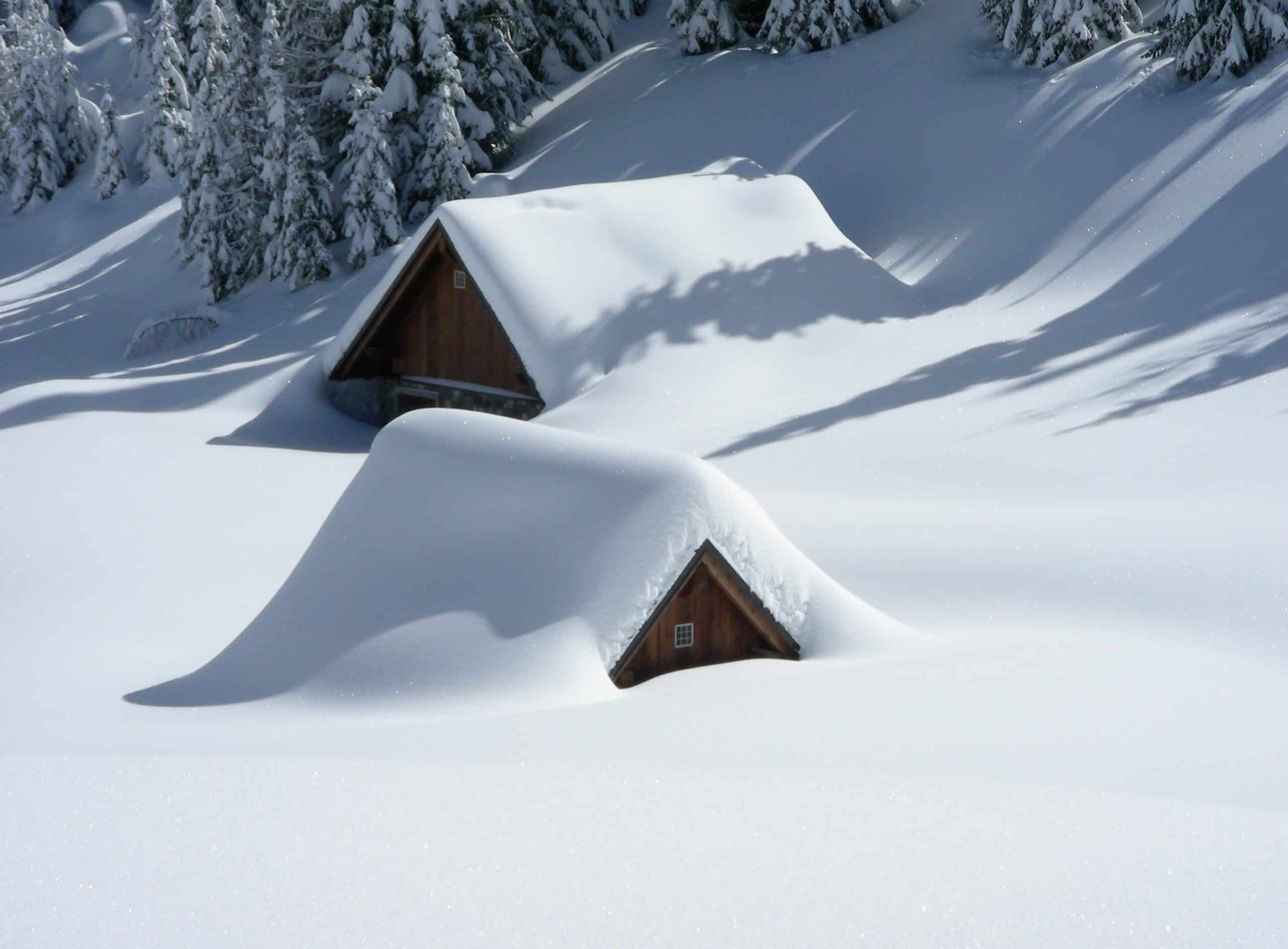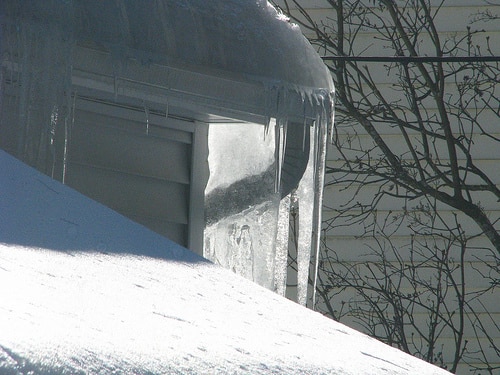
It’s summertime, but there’s no better time to be aware of the danger of sliding snowfall to your roof. Knowing now can save you later. Shedding the snow throughout the winter can be detrimental to your roof and dangerous to anyone near your roof. Metal roofs and other roofs besides metal roofs often have compacted […]

The formation of ice dams on the roof can spell disaster for any homeowner and is an issue that must be solved quickly. Ice dams are the name referring to the buildup of ice on the eaves of the roof which can cause standing water to be caught on the shingles. How do ice dams […]
TRA will be presenting an open snow retention lunch and learn with the Associated General Contractors of Utah on February 12th, from 11:30 am to 1:00 pm. This lunch and learn is open to anyone who would like to attend. The cost for AGC members is $15 and for non-members is $20 which includes lunch. […]
A question once asked – On the roofs of many houses, along the eave, there are…best as I can describe it… shaped thingies. I’ve seen others that look octagonal and yet others that are round. I’ve seen them on steep roofs and not-so-steep roofs. My bank even has them. They look great, but do they do anything? […]
Snow retention codes do not seem to be a priority in the United States’ roofing industry. But it is very common to see snow and ice sliding off of a metal roof’s slippery surface. Snow and ice crush cars, and damages the roof, gutters, and landscape. In some cases, snow and ice cascading off roofs […]
Every once in a while a customer will ask us why they should purchase our metal snow retention rather than the plastic ones they see. We typically don’t like plastic snow guards for many reasons. The first reason is because of the type of adhesive used to attach plastic snow guards. Through our testing, we have found that failure […]
WHY SPECIFY SNOW GUARDS FOR SNOW RETENTION? There are several factors that one must evaluate when determining if a particular building requires a snow guard retention system. During the winter months, as snow accumulates on your home, gravity will begin to pull it down the slope of your roof. There are many reasons this can be […]
Terry Anderson, owner of TRA Snow and Sun, chairing a meeting in Washington, DC and webinar of the ASTM Committee for roof snow retention standards. Did you know there are currently NO roof snow retention standards to prevent needless deaths from snow and ice falling off […]
TRA Snow and Sun has something that every roofer needs “flashing”. It’s a must-have for all roofers. We call it the “roofer’s duct tape”. The primary reason any type of roofing exists is to provide a protective layer to maintain a barrier between the interior of a building and the weather. How this is accomplished […]
Take a look at these pictures for a fresh new snow guard clamp-on look. Our black Xylan hardware is now available for any colored clamp-on. Would this be your new snow retention look? Tell us by a simple comment on our contact page… Color Trends… XYLAN BLACK HARDWARE BENEFITS New specialized color option for any […]